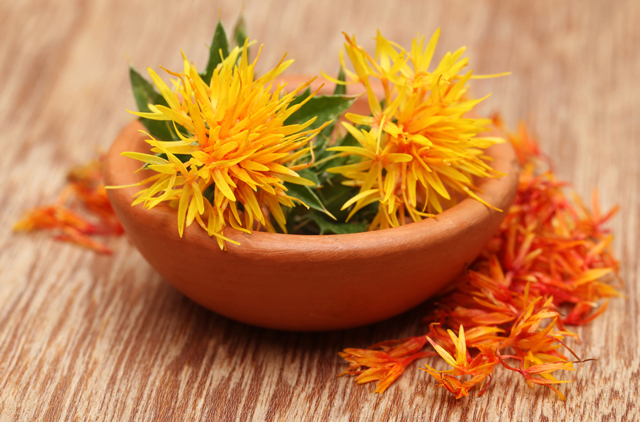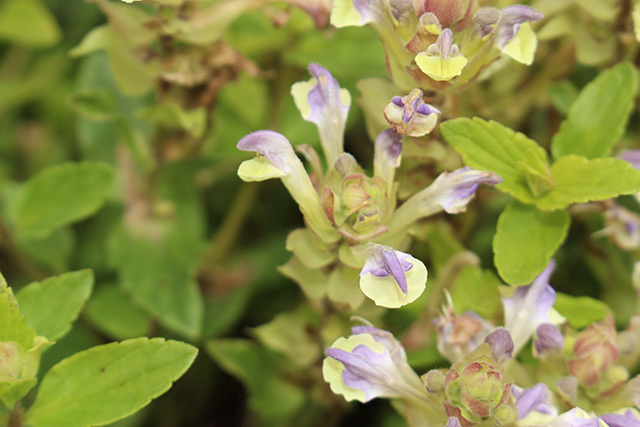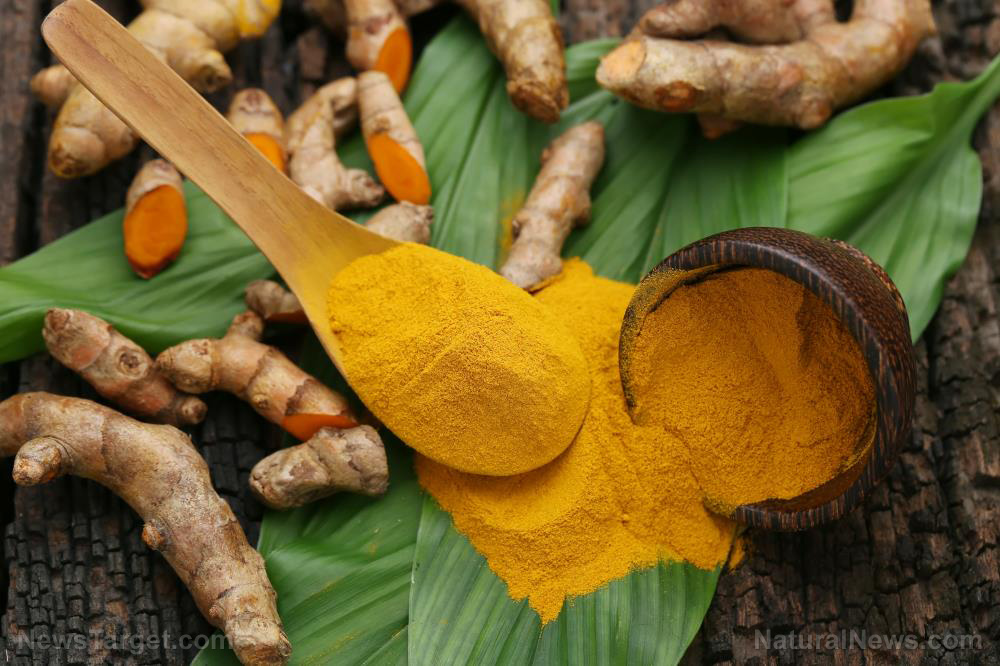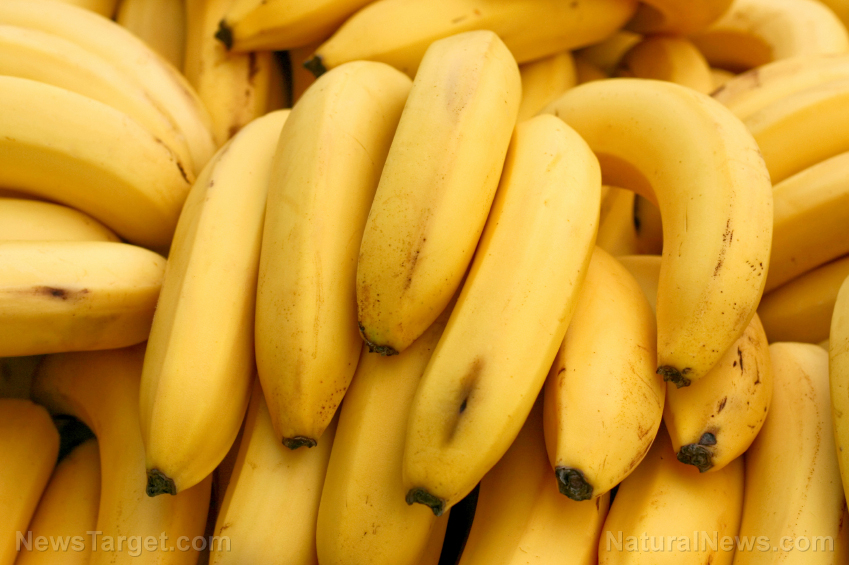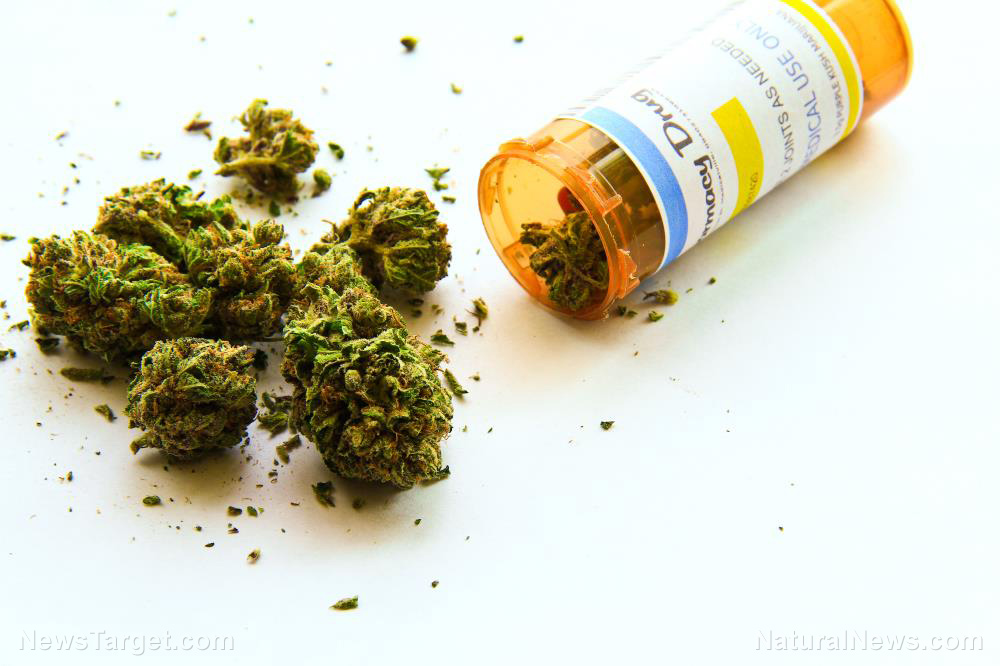Oolong tea inhibits the growth and progression of breast cancer cells
04/11/2019 / By Zoey Sky
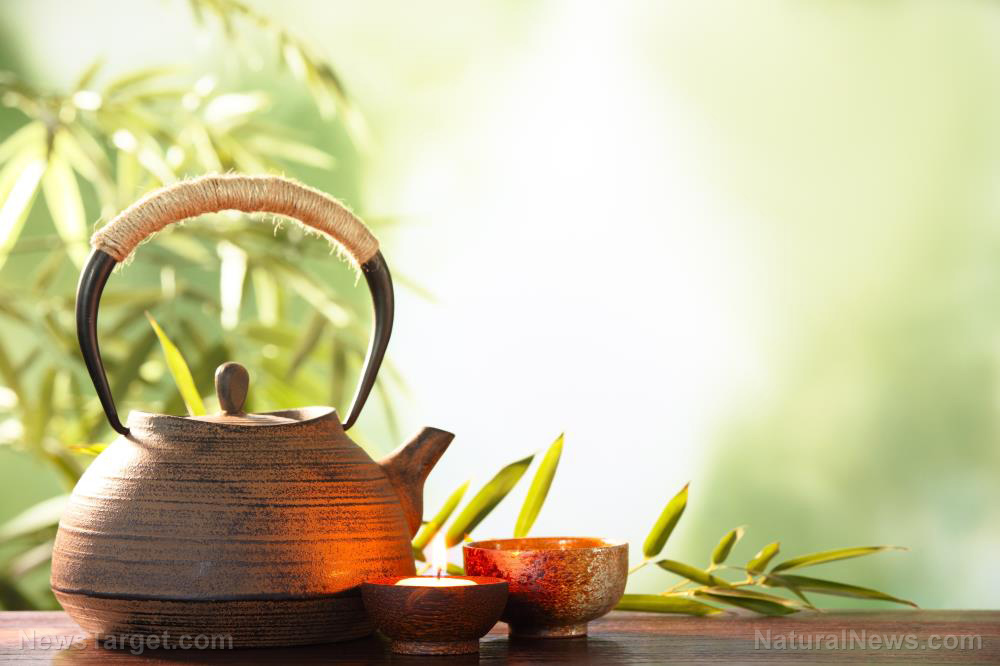
Some people drink tea to relax or to get their caffeine fix. But did you know that oolong tea can also help inhibit the growth of breast cancer cells?
In a study published in the journal Anticancer Research, researchers from Saint Louis University (SLU) in Missouri and Fujian Medical University in China found that oolong tea is linked to DNA damage in breast cancer cells.
Study findings also suggest that oolong tea can help inhibit the growth and progression of tumors. Researchers are hopeful that oolong tea can one day be used as a non-toxic strategy to prevent breast cancer.
How does oolong tea affect breast cancer cells?
Dr. Chunfa Huang, the lead author, observed how tea extracts affect breast cancer cell viability and how the cells treated with the extracts caused morphology alteration and DNA damage. He also analyzed how oolong tea extract affected cancer cell colony formation and growth.
Huang, who is also an associate research professor in the department of internal medicine at SLU, explained that based on the study results, oolong tea has a role in “inhibiting breast cancer cell growth, proliferation, and tumor progression,” just like green tea.
In 2018, over 250,000 women in the U.S. were diagnosed with breast cancer. At least 41,000 will die due to the condition.
With screening, early diagnosis, molecular subtype classification, and improvements in treatment, breast cancer-related deaths are declining. Despite these improvements, there is still a need for more effective and natural treatments and prevention strategies.
The power of the elements: Discover Colloidal Silver Mouthwash with quality, natural ingredients like Sangre de Drago sap, black walnut hulls, menthol crystals and more. Zero artificial sweeteners, colors or alcohol. Learn more at the Health Ranger Store and help support this news site.
The researchers noted that tea, which originated in China, has been used in traditional medicine since ancient times. At least 78 percent of the world’s tea production is black tea, 20 percent is green tea, while only two percent is oolong tea.
Oolong tea is mainly produced in Fujian, China. While studies over the last few decades have determined that green tea has anti-cancer effects, not much is known about the anti-cancer properties of oolong tea.
For the study, the scientists tested five different tea extracts on six different breast cancer cell lines: two ER-positive and PR-positive lines, one HER2-positive line, and three triple-negative cell lines.
Findings revealed that both green and oolong tea extracts prohibited breast cancer cell growth in all six breast cancer cell lines. On the other hand, cells treated with black and dark tea extracts exhibited little to no effect.
The team of researchers also looked at 2014 data from the Fujian province cancer registry annual report and compared it with the national report in China. They noted that both the incidence and death rate of breast cancer in the Fujian province was much lower compared to the national average.
The Fujian province had a 35 percent lower incidence of breast cancer and a 38 percent lower death rate. The scientists also discovered that individuals who frequently consumed oolong tea had an additional 25 percent lower incidence compared to the average in Fujian, and 50 percent lower incidence than the national average.
It is worth noting that the death rate of high consumers of oolong tea was a whopping 68 percent lower than the national average. (Related: Oolong tea: Why it’s good for you.)
Huang said concluded that while more study is needed, the lower incidence and mortality in regions with higher oolong tea consumption suggest that “oolong tea has great potential for its anti-cancer properties.”
What is oolong tea?
Oolong tea is a beverage that combines the qualities of dark and green teas. The tea has many health benefits and it can boost your metabolism and reduce stress.
Oolong tea is a traditional Chinese tea and it is made from the leaves of the Camellia sinensis plant. This is the same plant used to make green tea and black tea, but oolong tea is made using a different process.
All tea leaves have certain enzymes that produce a chemical reaction called oxidation. Oxidation turns the green tea leaves into a deep black color. While green tea is not allowed to oxidize much, black tea is allowed to oxidize until it turns black.
Oolong tea, which is somewhere between the two, is only partially oxidized. This partial oxidation gives oolong tea its color and characteristic taste.
Like black and green teas, oolong tea contains several vitamins, minerals, and helpful antioxidants.
A cup of brewed oolong tea contains:
- Fluoride (5 to 24 percent of the Recommended Daily Intake [RDI])
- Manganese (26 percent of the RDI)
- Potassium (1 percent of the RDI)
- Sodium (1 percent of the RDI)
- Magnesium (1 percent of the RDI)
- Niacin (1 percent of the RDI)
- Caffeine (36 mg)
Oolong tea contains antioxidants (tea polyphenols) such as epigallocatechin gallate (EGCG), theaflavins, and thearubigins. These antioxidants are responsible for many of oolong teas health benefits.
The tea also has theanine, an amino acid behind the tea’s relaxing effect.
Visit Cancer.news to read more articles about other natural cures for breast cancer.
Sources include:
Tagged Under: #nutrition, breast cancer, cancer risk, cancer risk reduction, diet, Health and Wellness, natural cures, natural remedies, Oolong tea inhibits the growth and progression of breast cancer cells oolong tea, prevention, women's health


